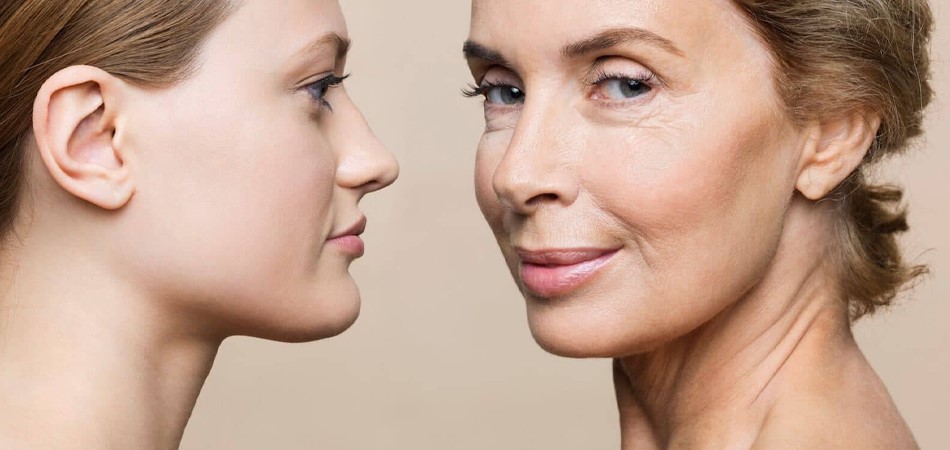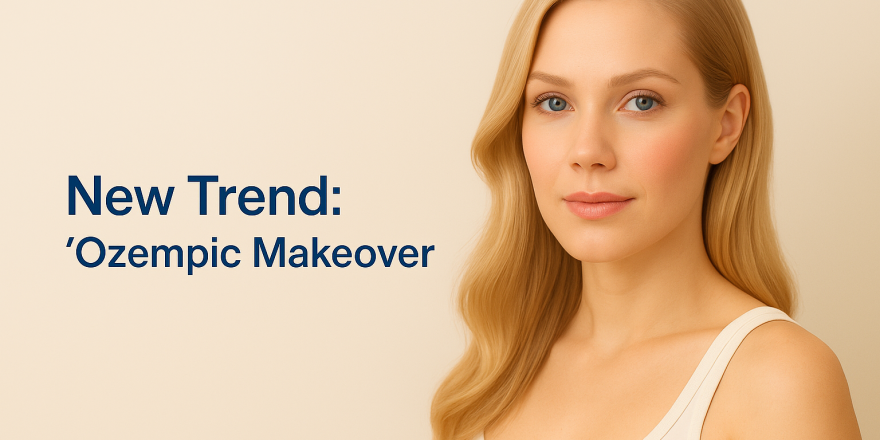Autologous fibroblast (stem cell) therapy reactivates collagen and elastin for firmer, brighter skin. Learn the 3-step process, safety, and candidacy
Biological Skin Renewal
Fibroblast Stem Cell Therapy for Natural Skin Rejuvenation
Address the signs of aging with a fully personalized, biological approach. Fibroblast therapy helps reactivate collagen, elastin, and hyaluronic acid production, aiming for firmer, brighter, and more vibrant skin.

Fibroblast Therapy – Video
Role of Fibroblast Cells in the Skin
Fibroblasts are key dermal cells that maintain the skin’s structural integrity. Their main products include:- Collagen: Provides firmness and strength.
- Elastin: Preserves elasticity and tightness.
- Hyaluronic Acid: Enhances moisture retention and skin plumpness.
Reduced production leads to thinning, wrinkles, and loss of elasticity.
Step 1
Micro Biopsy
A small 4–6 mm tissue sample is taken from behind the ear. This sun-protected area is ideal for harvesting healthy fibroblasts.Step 2
Laboratory Expansion
The tissue is expanded under sterile conditions in a Ministry of Health–approved stem cell laboratory. This takes approximately 30–45 days.Step 3
Injection
Expanded fibroblasts are injected into target areas. A total of 3 sessions are performed, with 30–45 day intervals.Session Plan & Follow-up
Personalized aftercare is provided after each session; progress is tracked with standardized photos.Target Areas
- Face: Fine lines, acne scarring, tone irregularities
- Neck & Submental: Sagging and elasticity loss
- Décolleté: Sun/age spots, skin thinning
- Hands: Thinning, prominent veins, discoloration
Results Timeline
Rather than quick but temporary fixes, fibroblast therapy aims for a natural, longer-lasting renewal.- Initial effects often become noticeable within 9–12 months.
- Peak improvement may appear at 18–24 months.
- Skin’s regenerative capacity may resemble that of 8–10 years earlier.
Individual response varies with age, lifestyle, skin type, and adherence to aftercare.
Safety & Approval
- Autologous safety: Using your own cells minimizes allergy/foreign-body reactions.
- No transformation risk: Cells do not transform into another tissue type.
- Regulatory compliance: Performed in Ministry of Health–approved laboratories. (Verify your local regulatory documentation before publication.)
- Clinical use history: Practiced in Europe for 17+ years; available in Türkiye since 2016.
Complementary Treatments
- PRP (Platelet-Rich Plasma)
- Stromal Vascular Fraction (SVF)
- Exosome Therapy
Volume Support with SVF
Compared to fibroblasts, SVF cells can provide a filler-like effect, offering longer-lasting volume for areas with volume loss (e.g., lips, face, breasts).Who Is It For?
- Age 30+ with reduced skin quality
- Seeking effective rejuvenation without surgery
- Neck, décolleté, periocular areas needing tightening
Not recommended: Pregnancy, breastfeeding, active skin infection, immune system disorders.
Aftercare Recommendations
- Gentle skincare and sun protection during the first 48 hours
- Mild redness/sensitivity is normal and usually subsides quickly
- Consistent SPF use supports longevity of results
FAQs – Frequently Asked Questions
Is fibroblast therapy painful?
The procedure is typically performed under local anesthesia. Mild pricking and pressure can be felt but are generally well tolerated.
When can I return to work?
Most patients resume social activities the same or the next day, depending on individual recovery.
Will there be a scar?
The micro-biopsy behind the ear leaves a very small, well-hidden mark that typically fades over time.
How does it differ from other rejuvenation treatments?
Unlike fillers or toxin, fibroblast therapy aims to activate your skin’s own biology, targeting longer-term improvements in tissue quality.
Consult & Plan
Let’s create your personalized plan with a photo assessment. If suitable, we’ll finalize your session schedule together.





